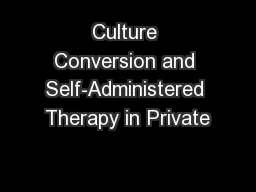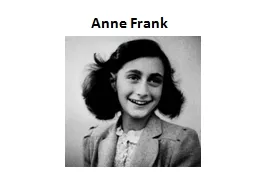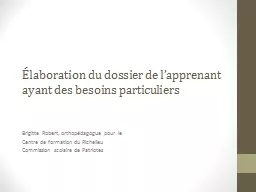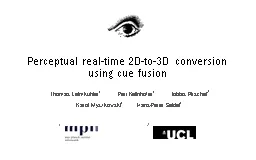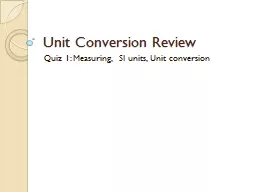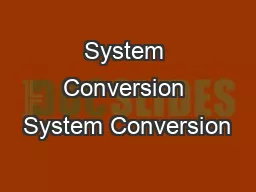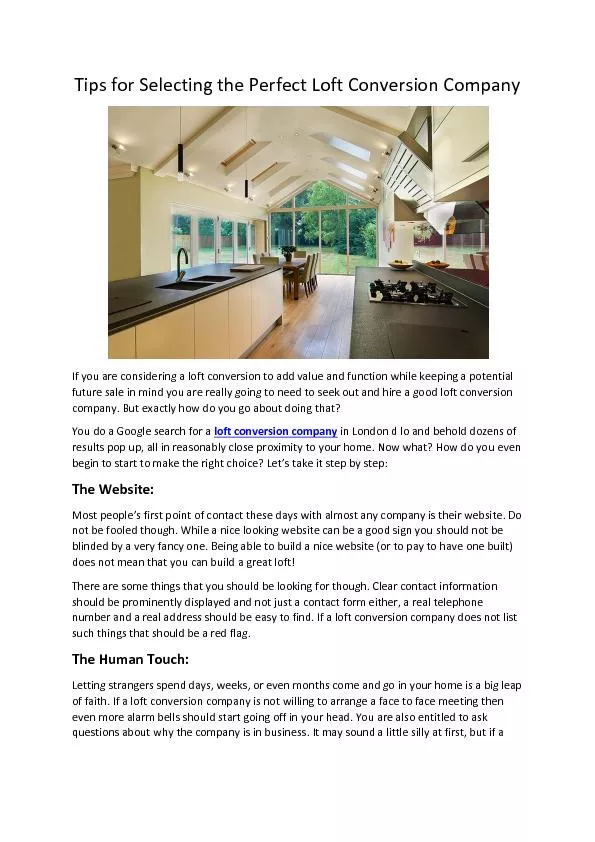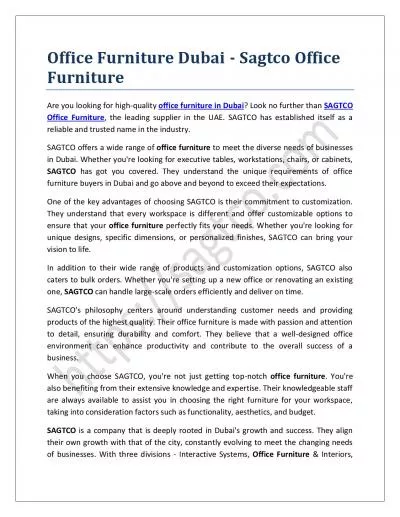PPT-ANNEXE OFFICE CONVERSION
Author : celsa-spraggs | Published Date : 2017-01-21
Heating Operation Two gas fired boilers provide hot water to two separate circuits a constant temperature circuit and a variable temperature circuit The variable
Presentation Embed Code
Download Presentation
Download Presentation The PPT/PDF document "ANNEXE OFFICE CONVERSION" is the property of its rightful owner. Permission is granted to download and print the materials on this website for personal, non-commercial use only, and to display it on your personal computer provided you do not modify the materials and that you retain all copyright notices contained in the materials. By downloading content from our website, you accept the terms of this agreement.
ANNEXE OFFICE CONVERSION: Transcript
Download Rules Of Document
"ANNEXE OFFICE CONVERSION"The content belongs to its owner. You may download and print it for personal use, without modification, and keep all copyright notices. By downloading, you agree to these terms.
Related Documents


